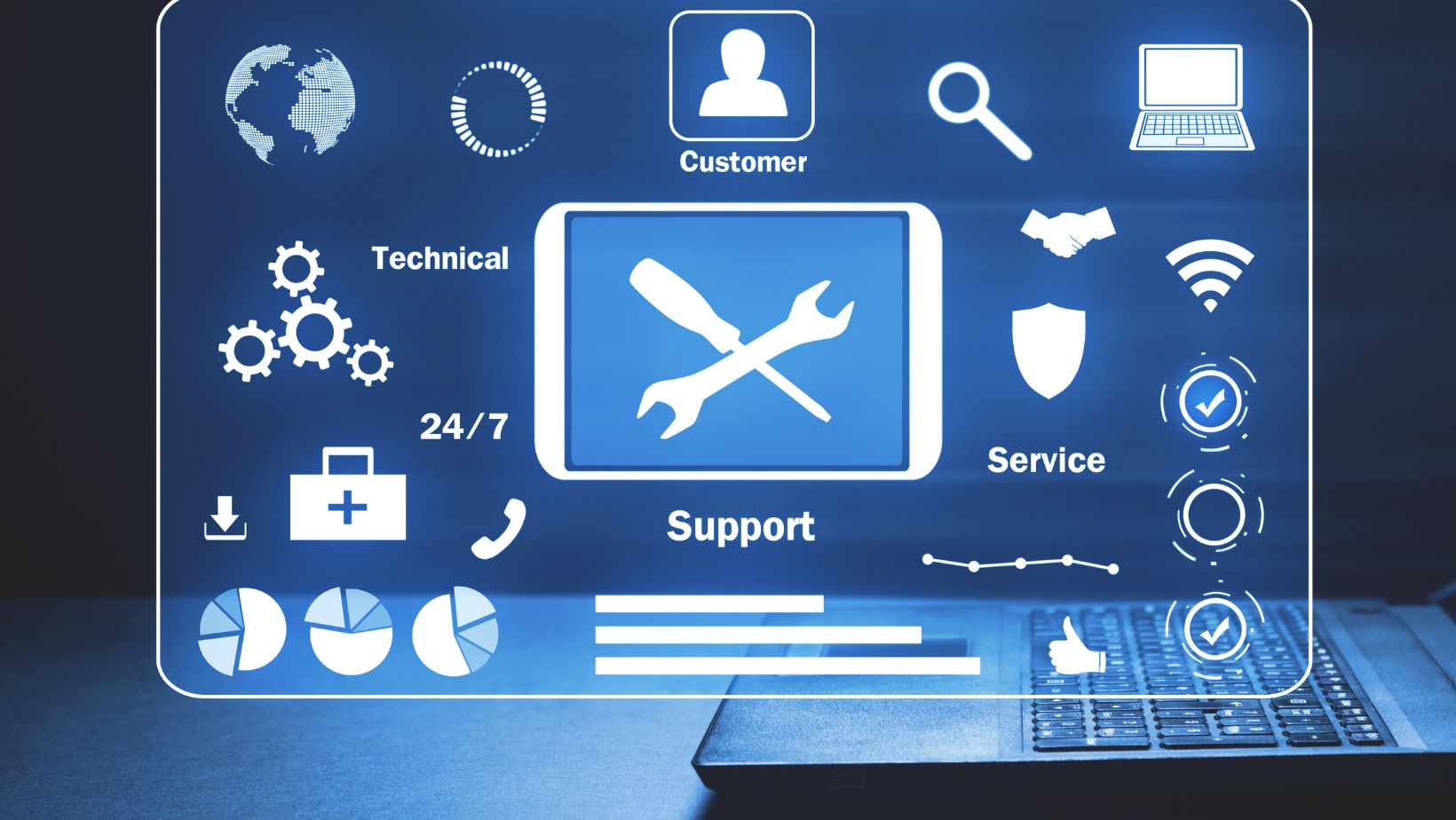
Businesses rely heavily on technology to manage communication, data, customer service, and daily operations. However, how a company supports its IT infrastructure can significantly affect its overall productivity, cost management, and response to risk. We will explore the two main models businesses use to maintain their systems: break-fix and managed IT services. Both approaches serve the purpose of solving IT problems, but they differ in their philosophy, timing, and cost structure. While break-fix focuses on resolving issues after they occur, managed IT services take a preventative approach, keeping systems monitored and maintained continuously. Understanding these differences can help business owners make more informed decisions about which model fits their goals and operations. As technology continues to evolve, so does the need for a support structure that aligns with how a business plans to scale, adapt, or protect its digital foundation. Each model carries benefits and limitations depending on the needs of the company.
Two Approaches to Supporting Technology
How Break-Fix Services Work in Practice
The break-fix model is one of the oldest and most straightforward approaches to IT support. In this system, a business contacts an IT technician or third-party service only when something stops working. That could be anything from a printer not connecting to the network to a server failure that halts operations. Under this model, no ongoing service contract is required, and businesses typically pay an hourly rate or a flat fee per incident. While break-fix may appear cost-effective for companies with limited IT needs or tiny teams, it often lacks predictability. There’s no monitoring, and no preventive action is taken unless initiated by the business itself. The advantage lies in the on-demand nature of the service, but this also means that each issue can lead to unexpected downtime, lost data, or delayed customer responses. Businesses using break-fix services frequently experience gaps between failures and solutions, which can strain productivity and pressure internal staff to act quickly.
Why Managed Services Are More Than Maintenance
Managed IT services operate on a different premise: providers continuously monitor and manage systems to keep them running efficiently rather than waiting for something to go wrong. Businesses pay a monthly fee for access to a broad range of services, including 24/7 system monitoring, patch updates, cybersecurity management, backup oversight, and help desk support. This proactive model reduces the chances of surprise breakdowns and allows IT issues to be addressed before they disrupt workflows. With managed services, there’s also a strong emphasis on strategic planning.

Providers often consult with businesses on system upgrades, cloud migration, or scaling infrastructure for growth. Because the relationship is ongoing, the IT provider becomes familiar with the business’s processes and can make more tailored recommendations. Managed services shift the role of IT from repair-focused to performance-focused. The benefits extend beyond reducing downtime—they help create an environment where technology is constantly supported rather than an unpredictable challenge.
Cost Predictability and Long-Term Planning
One of the key distinctions between break-fix and managed IT services is how costs are handled. With break-fix, expenses vary significantly from month to month, depending on how many issues arise. One month could be completely silent, while another might bring several failures that result in high service bills. This unpredictability makes it difficult for companies to budget their IT expenses or forecast future needs. Managed services, on the other hand, operate on a flat monthly fee, which allows for better financial planning. Businesses can allocate their IT budgets without fear of hidden charges or surprise invoices. Additionally, the preventive nature of managed services means that costly repairs and emergency fixes are less likely to occur in the first place. Over time, this model becomes more stable and affordable, mainly when accounting for the hidden costs of downtime, missed opportunities, or lost data that often accompany reactive support strategies.
Making the Shift: Choosing the Right Model for Your Business
For many organizations, especially those undergoing growth or technological transformation, switching from break-fix to managed services represents a shift in mindset. It’s a move from short-term thinking to long-term stability. Break-fix may work well for startups or small businesses with limited IT usage. Still, as operations grow and systems become more integrated, the risks associated with waiting for problems to occur also increase. Managed services help reduce those risks by creating a foundation of support that is active daily, not just when things go wrong.

The ability to rely on consistent uptime, regular security checks, and on-demand support allows leadership to focus more on running the business and less on troubleshooting tech issues. It’s not just a question of who fixes your systems—it’s about how and when they do it. Companies looking to check more into the value of continuous IT support often find that the decision brings peace of mind and improved performance across departments.
Technology is an essential component of modern business. How it’s managed determines whether it becomes a source of strength or stress. Break-fix and managed IT services both support infrastructure, but they differ significantly in timing, predictability, and long-term value. Break-fix may temporarily relieve issues, but it can leave companies vulnerable to repeated disruptions. Managed services, by contrast, offer continuous oversight, reduced downtime, and a consistent cost structure. They allow businesses to treat their IT systems as an ongoing priority rather than an emergency line item. In doing so, managed services help create an environment where technology evolves with the business rather than reacting to its failures. For companies that rely on stable, secure, and efficient systems to drive their operations, the choice of IT support model can be one of the most critical decisions they make. Choosing a partner prioritizing prevention over repair is a step toward long-term success.